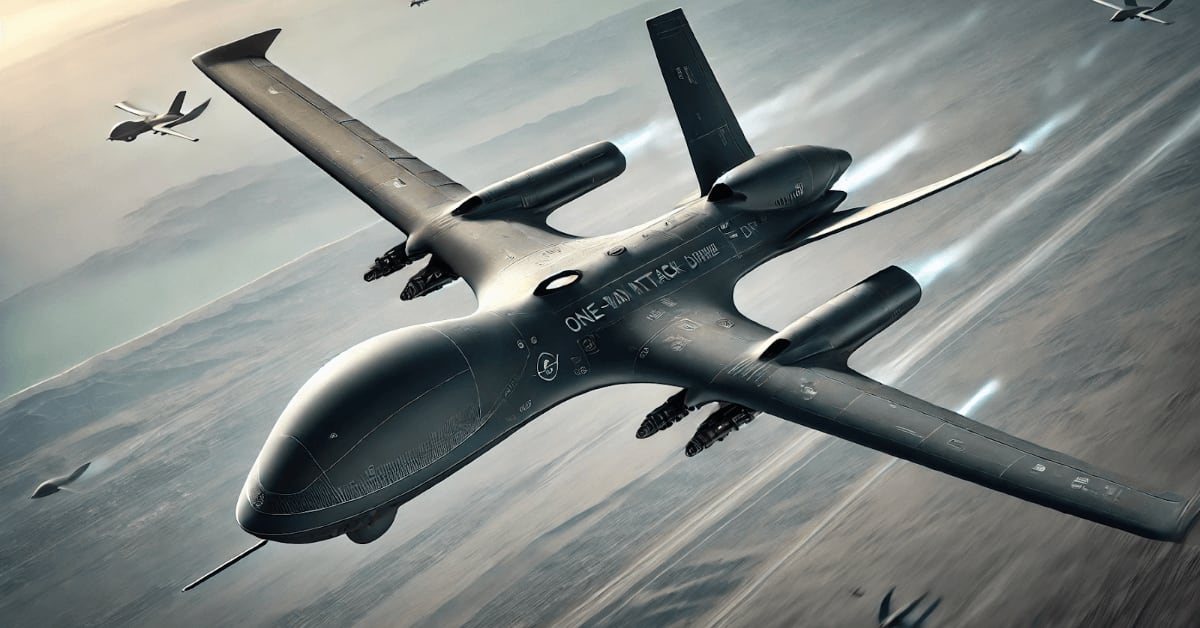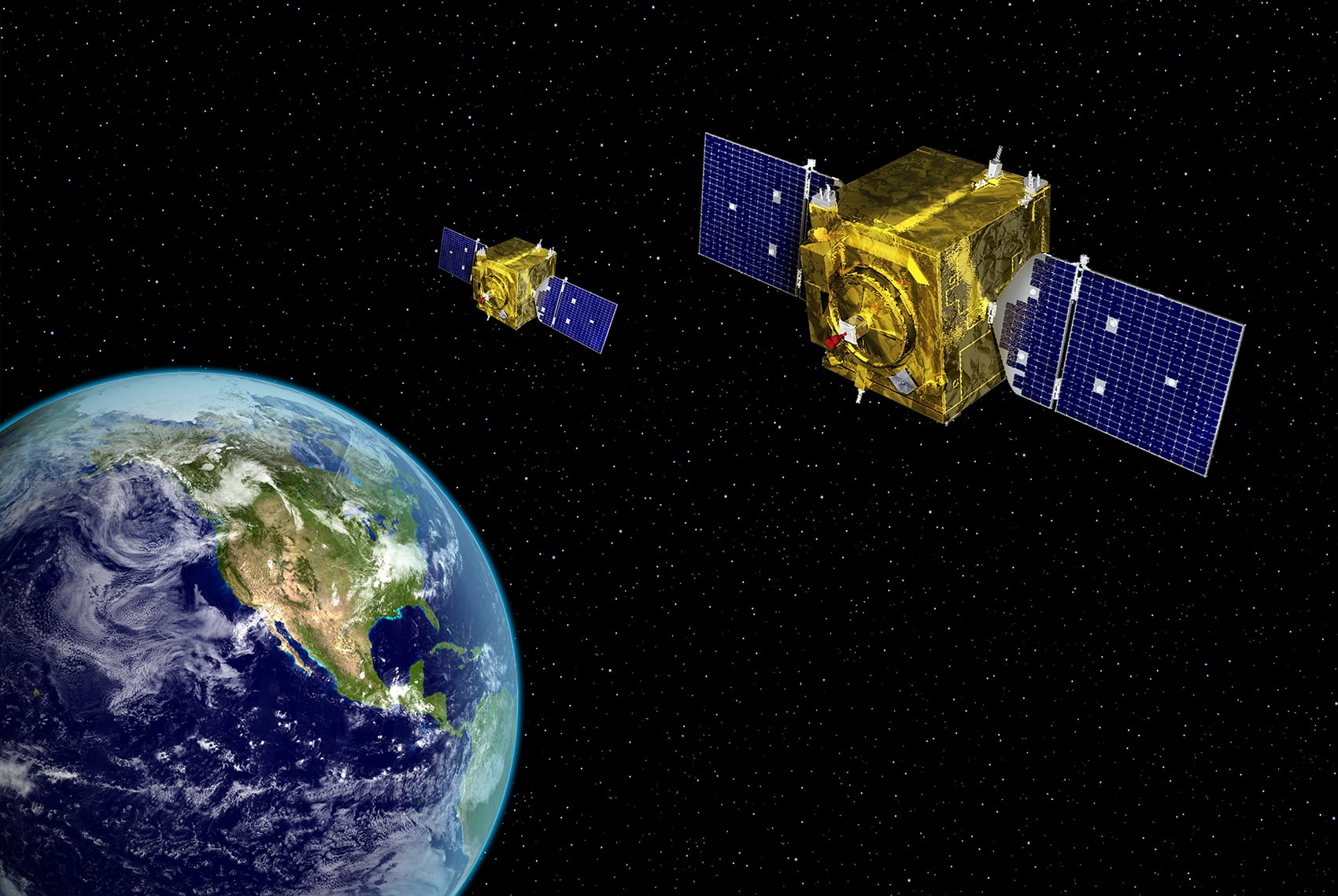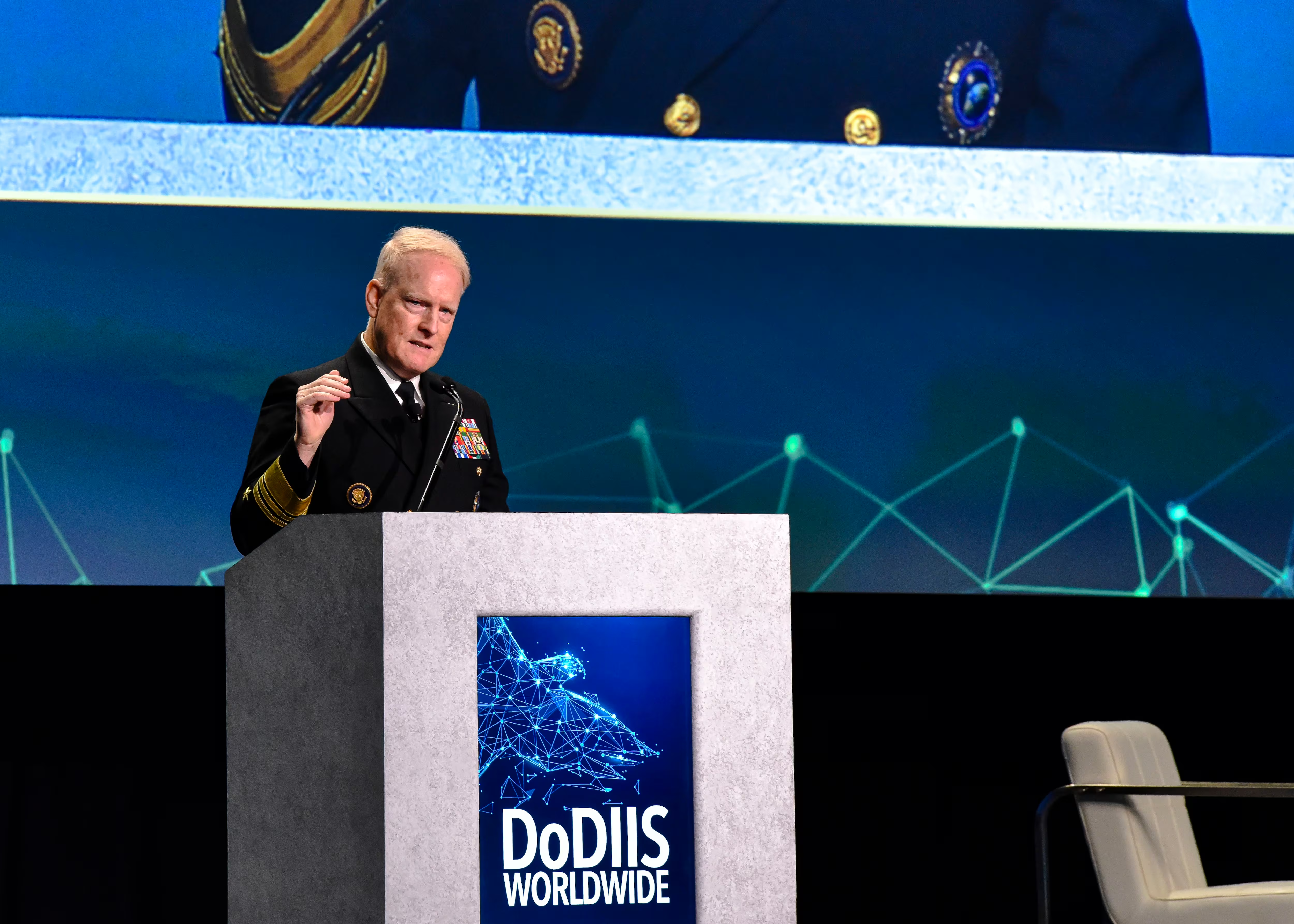WASHINGTON — In rebuilding the Pentagon’s electronic warfare prowess — and executing a recently released strategy to do so — the department’s No. 2 officer bestowed a great deal of responsibility upon the services.
There are three broad categories in which the department must make progress to advance the new electromagnetic spectrum superiority strategy, Gen. John Hyten, vice chairman of the Joint Chiefs of Staff, said during a Jan. 6 webcast hosted by the Association of Old Crows. Those categories are the joint world, the armed services and industry.
Hyten said progress is being made in all three but that much of the attention has fallen to the joint world. He noted that the department has to consider what Congress ordered in recently passed laws, and keep a close eye on the language of the five goals within the new strategy.
Regarding the strategy, he said the first goal is to develop capabilities, which is not a joint function but rather a service function. The second is to evolve to an agile, fully integrated electromagnetic spectrum infrastructure, which Hyten said is also a service function. The same goes for the third goal, which is aimed at building readiness in the electromagnetic spectrum, or EMS.
The fourth goal calls for enduring partnerships to gain advantage in the EMS. The fifth goal, which seeks to build effective governance of the EMS, is a joint role, Hyten said, though he called it the least important goal.
“When you think about those five elements that are in our strategy, it’s key that we make sure that we don’t forget No. 1, and that is to build out the capabilities that we have to have; No. 2 is to organize, train and equip effectively,” he said, which is the role of each of the services. “If we don’t remember that, we will — we will fail, and the execution of that strategy.”
On the joint side, Hyten said Strategic Command must be made “whole,” adding that it is under-resourced, undermanned and not fully capable of performing the EMS duties it’s been given by the department. Currently, Strategic Command is the electronic warfare advocate.
Hyten said before Strategic Command’s EMS operational duties are transferred to a different entity within the Defense Department, as mandated in the the recently passed annual defense policy bill, the combatant command must have a complete grasp of the mission being moved.
“What we’ve done over the past years is we say, ‘All right, STRATCOM, you’re now [in charge of EMS operations], fix the problem,’ but we give them no resources,” he said. “If we do the same thing, we’ll give it to somebody else in a couple of years and they’ll have no resources and we won’t make the progress that we need to.”
Hyten also noted that the Joint Requirements Oversight Council will soon publish four supporting concepts to underpin the new war-fighting concept for multidomain operations. They include joint global fires, joint all-domain command and control, contested logistics, and information advantage.
For the first time, Hyten said, the council will outline joint requirements for these concepts and is charging the services to meet them when building new capabilities. A draft will go out this month, and the services will have four months to build out the real requirements document, Hyten said.
Electronic warfare will fall under information advantage.
“Under information advantage is the ability to achieve spectrum superiority in all domains. We have to be able to do that. If you can’t do that, you will fail — you will fail in your mission,” he said. “In the challenges of the future, whoever we are in contest with, we have to be able to effectively fight and win the electromagnetic spectrum fight right from the beginning. That is electronic warfare in every domain.”
Mark Pomerleau is a reporter for C4ISRNET, covering information warfare and cyberspace.








